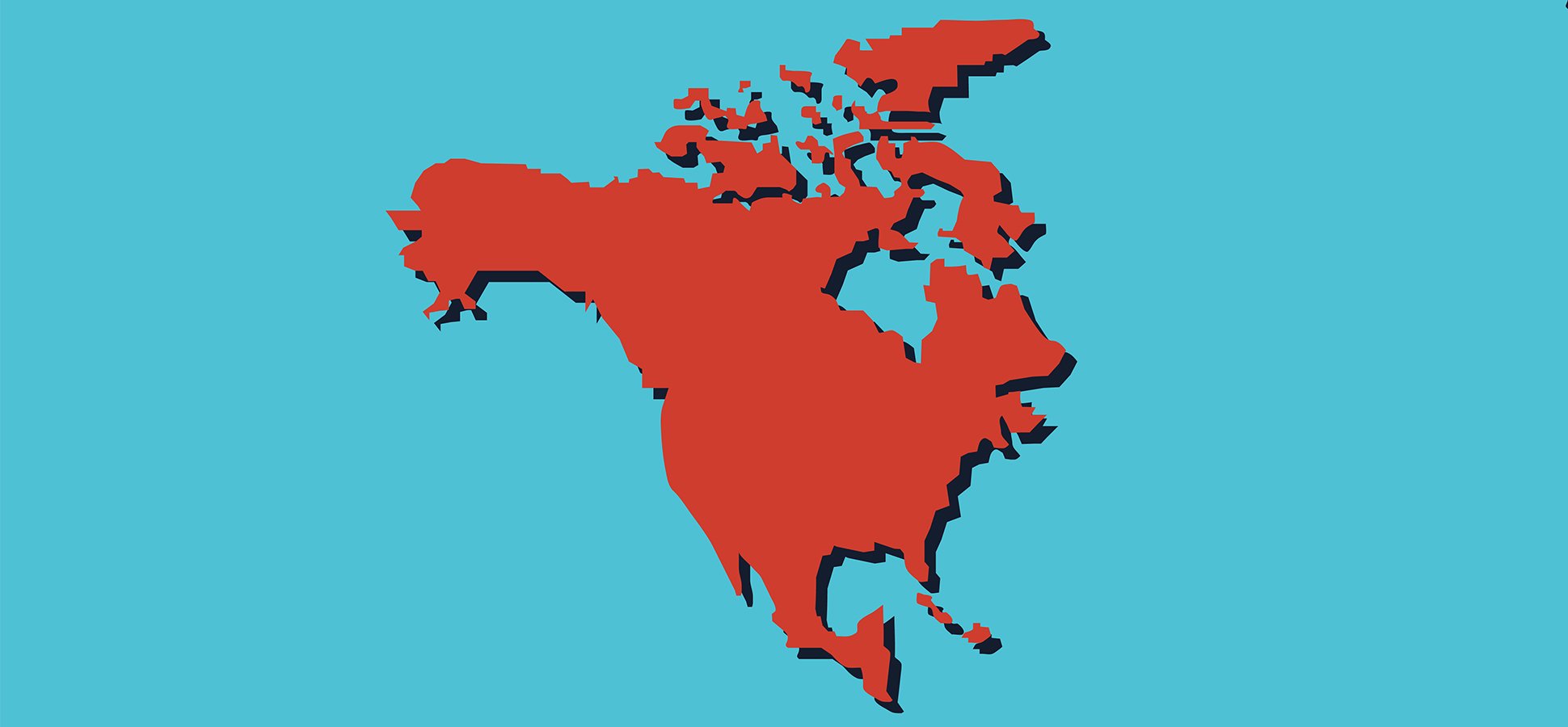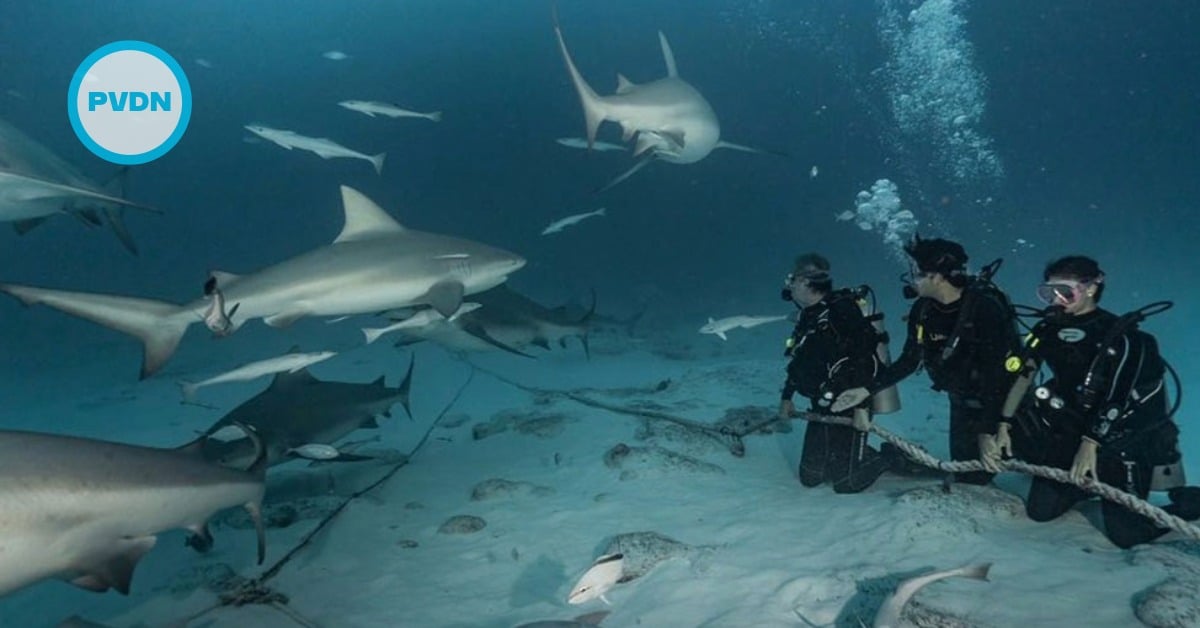NAFTA 2.0 is coming out this week and there's still a lot of unanswered questions.The U.S. is expected to publish the full text of the new trade pact--set to replace the North American Free Trade Agreement--on Friday. Instead of a trilateral accord, however, the revised trade dea…






